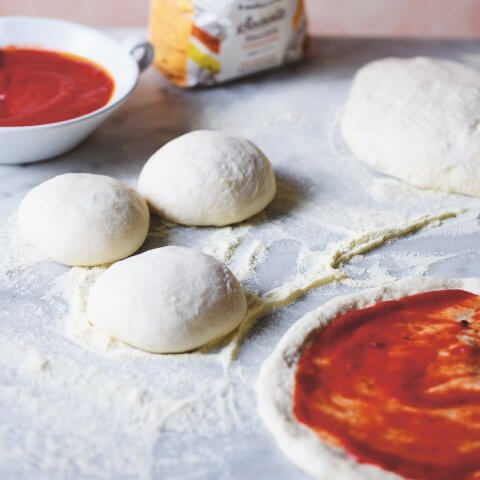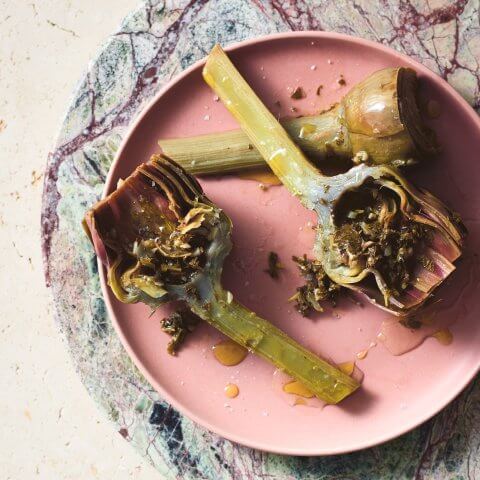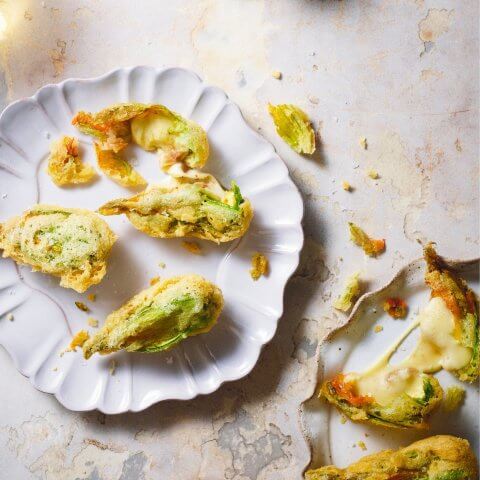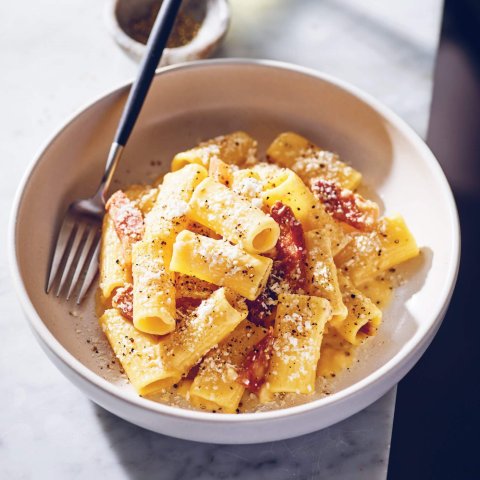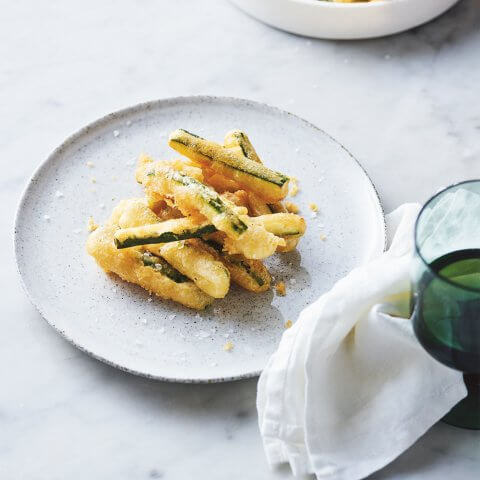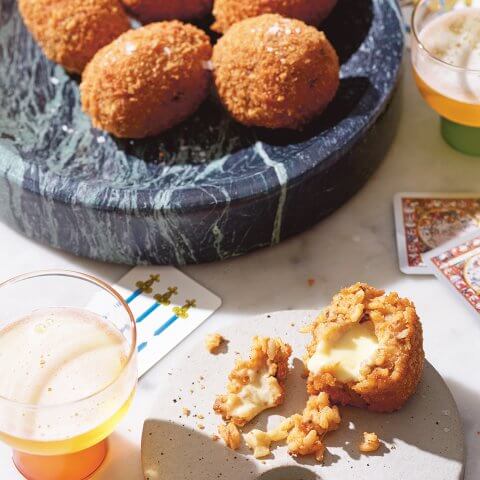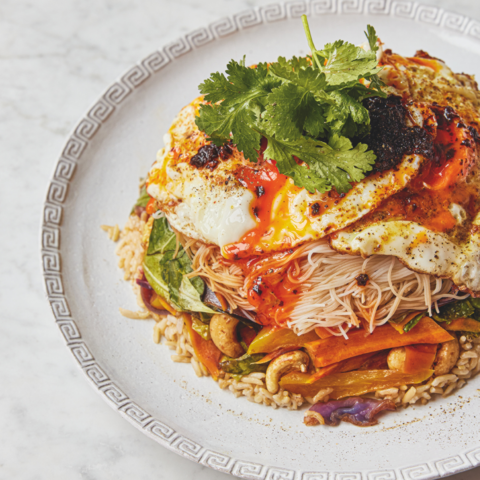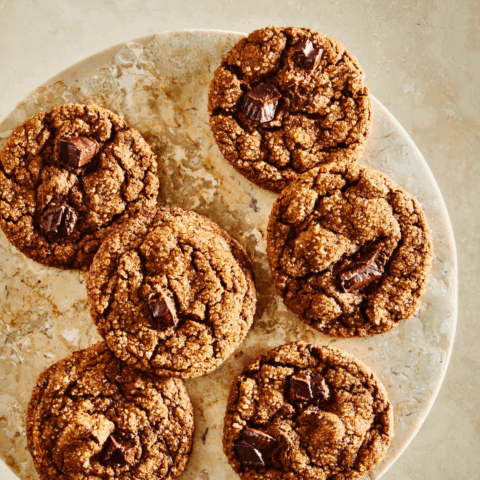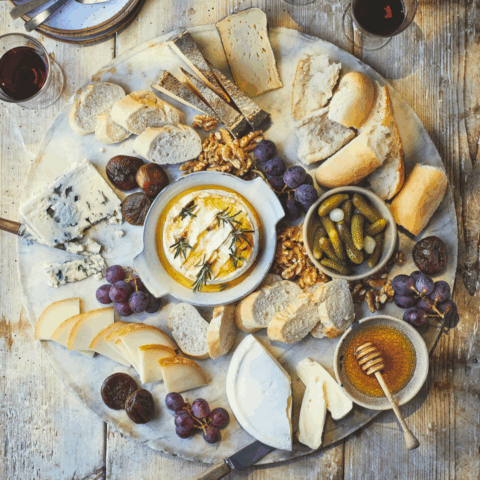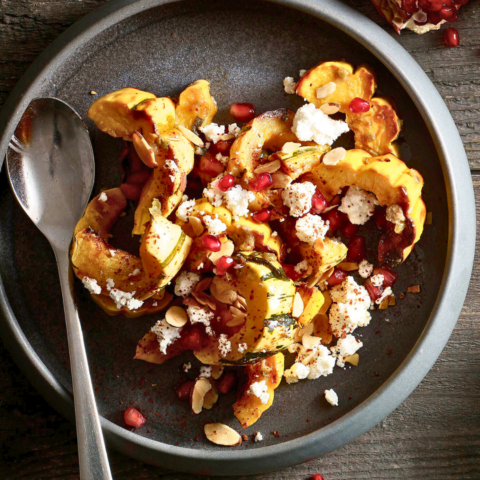Rome is home to many famous pasta dishes like Carbonara, but a classic cacio e pepe (a simple pasta dish whose name roughly translates to “cheese and pepper”) is an experience that food writer Maria Pasquale encourages every foodie to have. In her book The Eternal City: Recipes and Stories from Rome, Pasquale explains just what makes this simple combination so special – and how you can prepare it perfectly at home. She writes:
“Every time I explain cacio e pepe to visitors dining with me in Rome, I find myself trying to convince them it isn’t boring. Pasta with cacio (Roman dialect for ‘cheese’ – in this case Pecorino Romano) and pepe (pepper) doesn’t sound all that inviting, but a cacio e pepe done well will seduce you with its sharp and salty creaminess. Chef Alba Esteve Ruiz shared this recipe with me when she was at the helm of Rome’s popular Marzapane restaurant. This young, award-winning chef moved to Rome from Alicante in Spain, having kickstarted her career at none other than Girona’s El Celler de Can Roca – the three Michelin star restaurant which has also held the mantle for the world’s best restaurant. After many years in Rome, Alba has returned to her homeland to open her own restaurant in Alicante, Alba Restaurante.
The key to making this dish work is to keep the cheese at room temperature, and to mix it well with the right amount of water that you boiled your pasta in; some chefs encourage you to add pasta water to the cheese and pepper mix to make a paste of sorts. Ultimately, it is a dish that requires a bit of practice. Alba adds Parmigiano Reggiano to her dish, but if you prefer, sticking with the traditional Pecorino Romano is totally fine, and while tonnarelli are customary in Rome, serving it with spaghetti or spaghettoni would do just as well at home.”

Cacio e Pepe
Ingredients
- 12½ oz (360 g) tonnarelli, spaghetti or spaghettoni
- 11½ oz (320 g) Pecorino Romano grated, plus extra to serve
- 4½ oz (120 g) Parmigiano Reggiano grated
- 2 tsp freshly ground black pepper
Instructions
- Bring a large saucepan of salted water to the boil. Add the pasta and cook for the time indicated on the packet.
- Meanwhile, in a large bowl, mix together the pecorino, Parmigiano and black pepper.
- Once the pasta is al dente, drain and add to the cheese mixture, reserving the cooking water.
- Mix well, then gradually stir through 4 to 5 tbsp of the reserved cooking water, a spoonful at a time, until the cheese melts and the sauce coats the pasta.
- If the sauce is too dry, add a little more water and continue to stir until smooth.`
- Serve with an extra grind of black pepper and an extra sprinkling of pecorino.
More classic Italian recipes from Maria Pasquale
Making good pizza at home starts with this recipe for a basic pizza dough. With easy-to-use dried yeast and a rising time of only 2 hours, it makes four round pizza bases.
Get the recipe
Making good pizza at home starts with this recipe for a basic pizza dough. With easy-to-use dried yeast and a rising time of only 2 hours, it makes four round pizza bases.
Get the recipe
An authentic recipe for carcifoli alla Romana – Roman artichokes stuffed with garlic and mint.
Get the recipe
An authentic recipe for carcifoli alla Romana – Roman artichokes stuffed with garlic and mint.
Get the recipe
Roman food tour guide Toni Brancatisano shares her recipe for fried zucchini flowers in Maria Pasquale's book The Eternal City.
Get the recipe
Roman food tour guide Toni Brancatisano shares her recipe for fried zucchini flowers in Maria Pasquale's book The Eternal City.
Get the recipe
A by-the-book recipe for traditional Roman carbonara
Get the recipe
A by-the-book recipe for traditional Roman carbonara
Get the recipe
In her book The Eternal City, Maria Pasquale shares her mother's recipe for a traditional Roman snack: beer-battered and deep-fried zucchini sticks.
Get the recipe
In her book The Eternal City, Maria Pasquale shares her mother's recipe for a traditional Roman snack: beer-battered and deep-fried zucchini sticks.
Get the recipe
Maria Pasquale's recipe for a classic Roman snack: fried rice balls stuffed with mozzarella cheese.
Get the recipe
Maria Pasquale's recipe for a classic Roman snack: fried rice balls stuffed with mozzarella cheese.
Get the recipe



